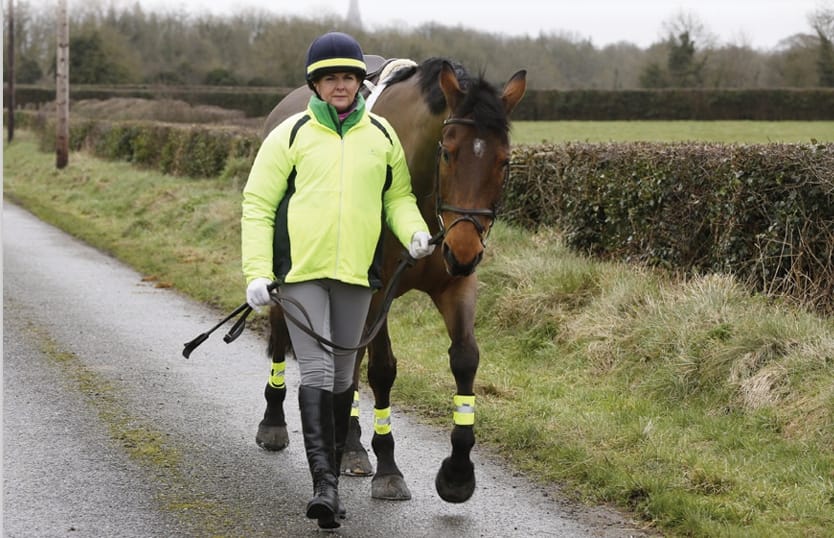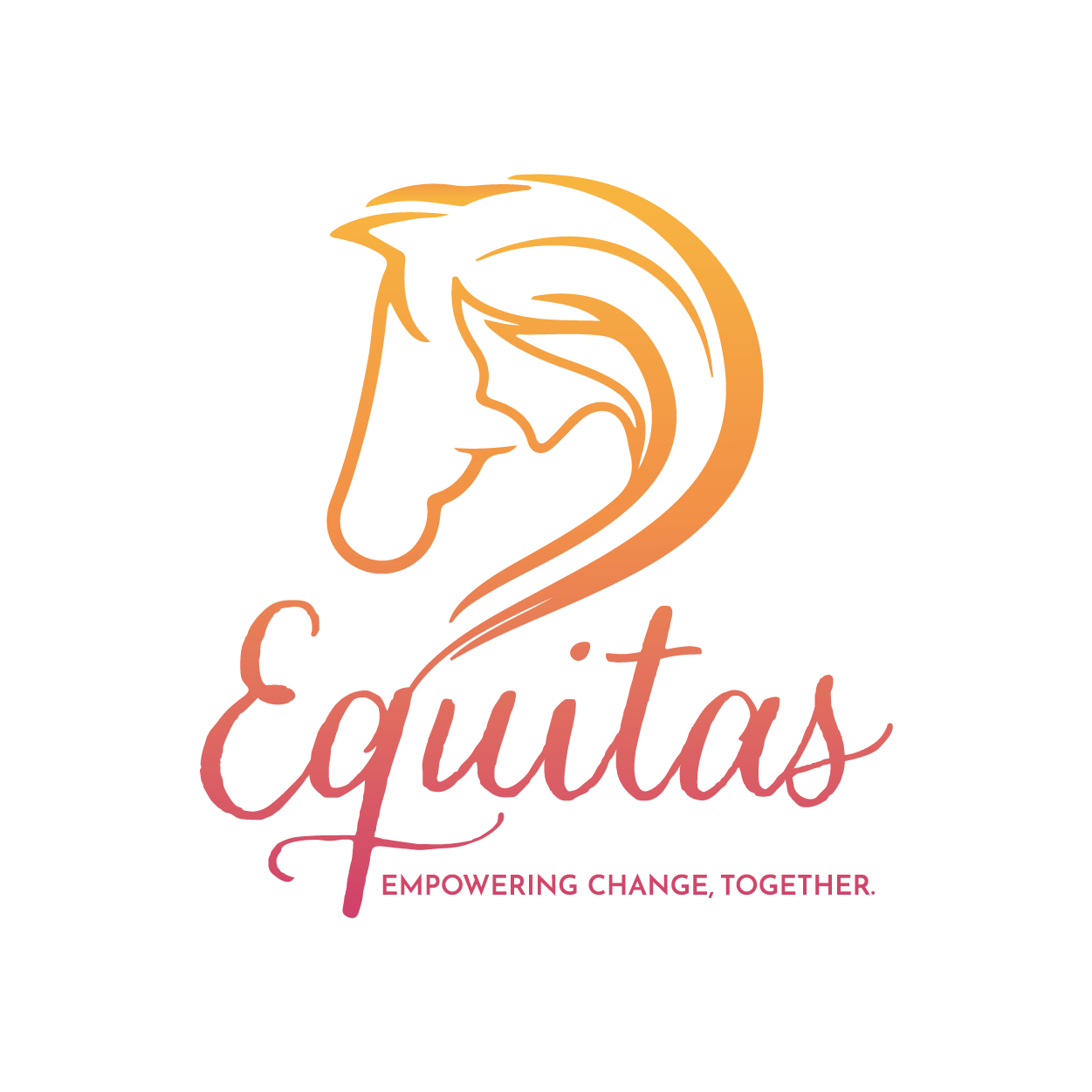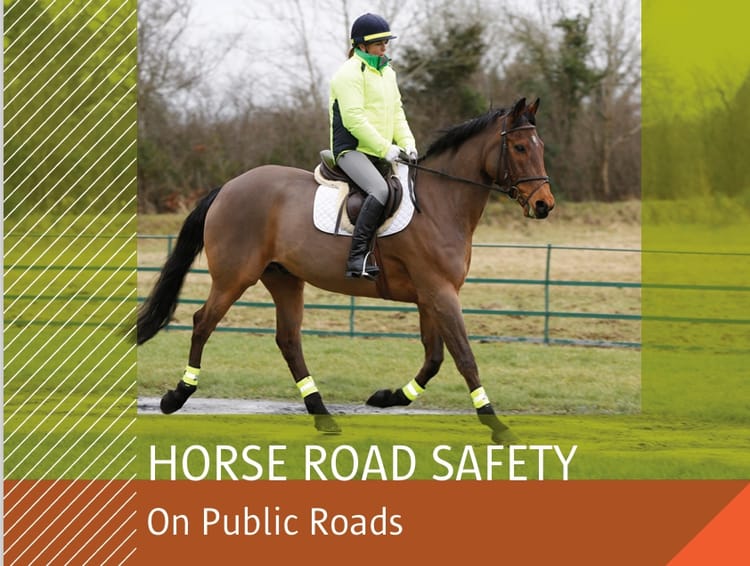Road Safety Guidelines for Horse Riders and Drivers:

Ensuring Safer Roads for All
Horses and riders are a prominent part of our rural and even suburban landscapes, but sharing the road safely with motor vehicles requires awareness, education, and responsibility from both riders and drivers. Horses are large, unpredictable animals, and even the most well-trained horse can react suddenly to unexpected stimuli. This makes it crucial for all road users to understand how to navigate safely around equestrians.
Whether you’re a horse rider, a driver, a cyclist, or a pedestrian, here’s what you need to know to help create safer roads for everyone.
Guidelines for Horse Riders on the Road
1. Follow the Law and Ride Responsibly
- Ride on the left-hand side of the road, keeping as close to the verge as possible.
- Obey all road signs and signals, just as you would if driving a vehicle.
- Never ride more than two abreast, and return to single file on narrow or busy roads to allow vehicles to pass safely.
- Do not ride on footpaths, motorways, or cycle lanes – these areas are not designed for horses.
2. Be Visible and Wear the Right Gear
- Always wear a properly fitted riding helmet for safety.
- High-visibility clothing (reflective vests, leg bands for your horse, and LED lights) is essential, especially in low-light conditions or poor weather.
- If riding at dusk or dawn, use lights—a white light at the front and a red light at the rear—to make yourself more visible.
3. Communicate Clearly with Other Road Users
- Use clear hand signals to indicate turns or to slow down.
- If a driver is approaching too quickly or too closely, wave them down to slow using a downward motion with your arm.
- Always thank drivers who slow down and pass safely—courtesy goes a long way in building positive relationships between road users.
4. Stay Alert and Ride Defensively
- Keep both hands on the reins (unless signaling) and be prepared for unexpected sounds or movements.
- Anticipate potential hazards, such as loud vehicles, cyclists, or dogs, and adjust your position on the road accordingly.
- Avoid using mobile phones or headphones—your full attention should be on your horse and the road.
5. Ride in Pairs When Necessary
- If riding a young, inexperienced, or nervous horse, pair them with a calm, confident horse for added safety.
- In heavy traffic, two riders abreast can help slow down vehicles and protect a younger horse.
6. Plan Your Route
- Whenever possible, choose quiet roads or bridleways rather than main roads.
- If crossing a busy road, find a safe place where visibility is good, and cross efficiently.
7. Report Dangerous Driving
- If a driver behaves dangerously around your horse, report them to the authorities.
- If safe to do so, try to note their registration number and any distinguishing details.
Guidelines for Drivers: How to Pass Horses Safely
Horse riders have the legal right to use public roads, and as drivers, it’s essential to show patience and respect when encountering them. Here’s how:
1. Slow Down!
- Reduce your speed to no more than 15 mph when approaching a horse and rider.
- Horses are flight animals—sudden movements or loud noises can startle them, causing unpredictable reactions.
2. Give Horses Plenty of Space
- Pass wide—at least 2 meters (the width of a car) between you and the horse.
- Never squeeze past a horse on a narrow road or at high speed.
- If a horse appears nervous, stop and allow the rider to regain control before passing.
3. Never Rev Your Engine or Sound Your Horn
- Sudden noises can easily frighten a horse, putting both the rider and the driver at risk.
- Keep revs low and avoid harsh braking or acceleration near horses.
4. Be Patient and Wait for a Safe Opportunity to Pass
- If necessary, follow behind a horse until it’s safe to pass—do not force your way through.
- Riders may signal you to slow down further or to wait for a safer passing point. Respect these signals.
5. Look for Hand Signals and Follow the Rider’s Guidance
- Riders may signal to turn, slow down, or stop—be attentive and respond accordingly.
- If a rider waves you forward, it’s safe to pass—but still do so slowly and with care.
6. Be Mindful in Rural Areas
- Horses are common in countryside and farming areas, so always drive expecting to encounter them.
- Look for horse warning signs and be prepared to reduce speed.
Creating a Safer Road Environment for All
Horse and rider safety on the road is a shared responsibility between equestrians, motorists, and cyclists. By following these guidelines, we can all contribute to reducing accidents, improving awareness, and ensuring a safer environment for everyone.
Education and awareness are key to preventing accidents, and we urge all riders and drivers to be proactive in road safety efforts.
Take Action: Have Your Voice Heard
The upcoming meeting between Local Authority Road Safety Officers and the RSA on February 18th presents a crucial opportunity to ensure horse and rider road safety is a priority. If you’re a rider, driver, or simply someone who believes in safer roads for all, now is the time to speak up. Contact your local Road Safety Officer and express your concerns. Every voice matters, and together, we can create real change. Let’s make sure equestrians are heard and that action is taken to protect both horses and riders on our roads.





